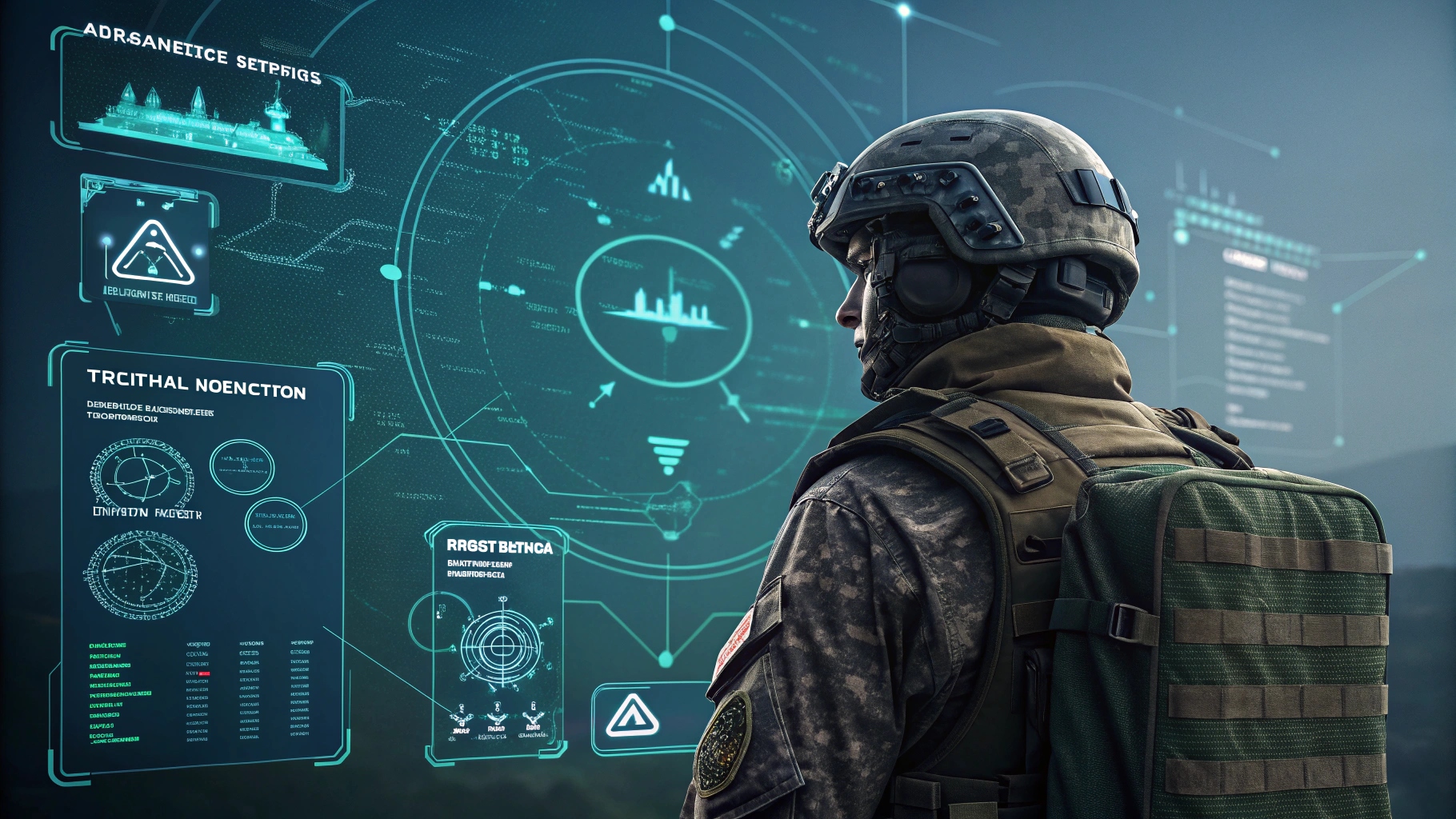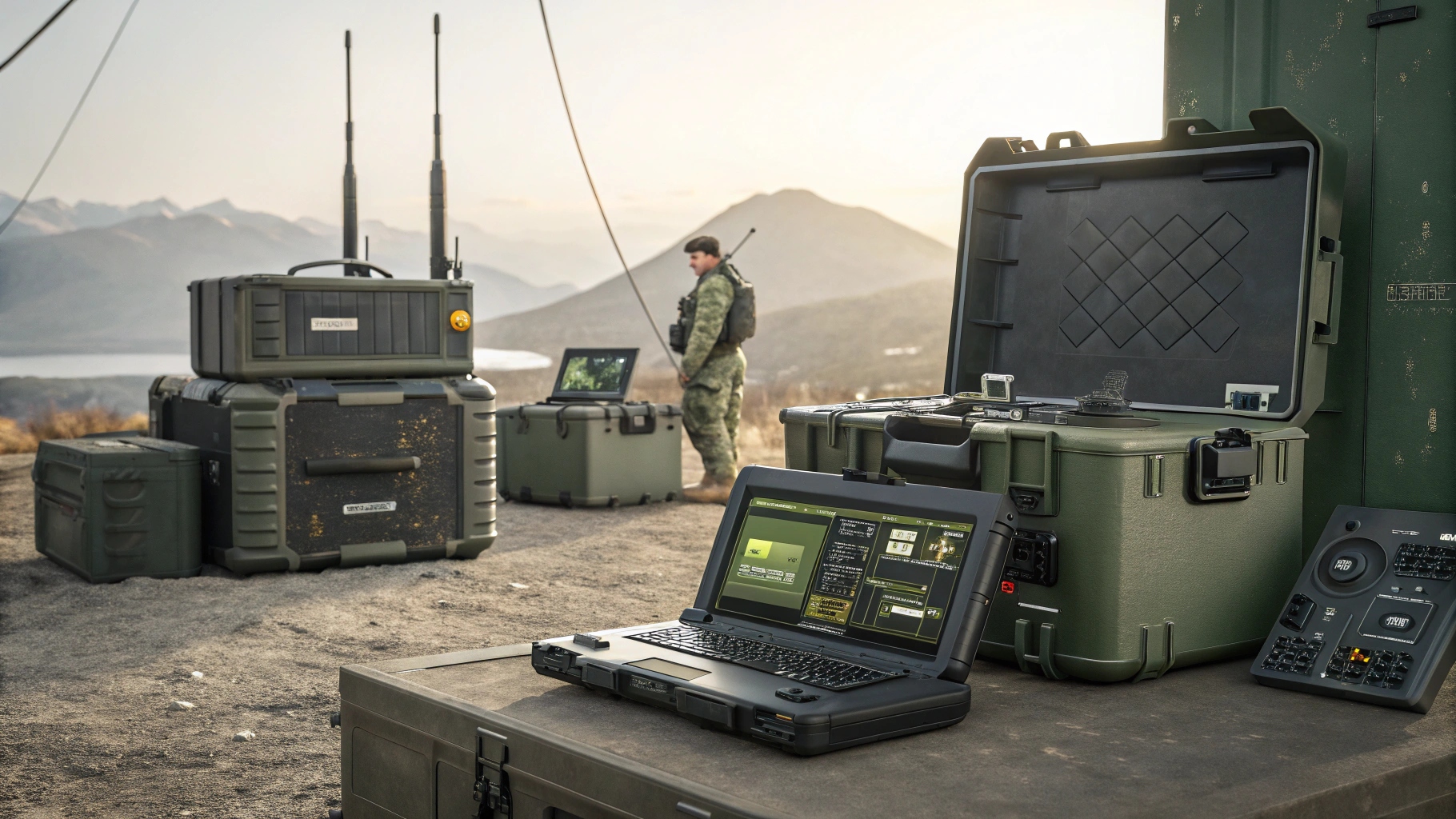
Anduril Industries and General Dynamics Land Systems have entered a partnership to embed Anduril’s Spark radar suite directly into armored vehicles and other ground platforms, marking a shift toward platform-native sensor integration rather than post-production retrofits. The effort is designed to give maneuvering forces improved detection and tracking of rapidly proliferating threats such as small drones, loitering munitions, and precision-guided weapons that can challenge legacy battlefield sensors. By incorporating Spark into vehicle designs from the outset, GDLS and Anduril aim to improve integration of cabling, power, software and human-machine interfaces — delivering better performance and simpler lifecycle upgrades. Spark is an X/Ku-band radar family purposed for maneuver protection. Anduril advertises the system as having class-leading range and fidelity: it can detect Group 1 small drones to about 10 kilometers, Group 3 UAS to roughly 18 kilometers, and ground vehicles at tactical engagement ranges approaching 12 kilometers. Radar tracks and classification data will be federated through Anduril’s Lattice command-and-control software, enabling a shared operational picture among vehicles and command posts. This networked distribution of sensor data is intended to enable faster, coordinated responses across a formation rather than isolated, platform-level engagements. The program’s doctrine stresses distributed, multi-platform survivability. Initial installations will focus on armored vehicles before expanding to command posts, missile launchers, and other fire elements. The ambition is to move survivability from isolated platform hardening toward a systems-of-systems model where sensors, shooters and command nodes collaborate in real time to detect, track and defeat threats. Embedding Spark at design time also simplifies logistics and future modernization: consistent hardware and software baselines across vehicle fleets lower integration costs and allow updates to be rolled out across platforms more rapidly. For militaries facing swarms of inexpensive aerial threats and accelerating precision-attack capabilities, the GDLS-Anduril partnership offers a scalable path to fleet-level protection that emphasizes information sharing and rapid engagements. The move underscores how modern ground forces are prioritizing sensor fusion and networked defense as essential enablers of survivability in contested environments.



